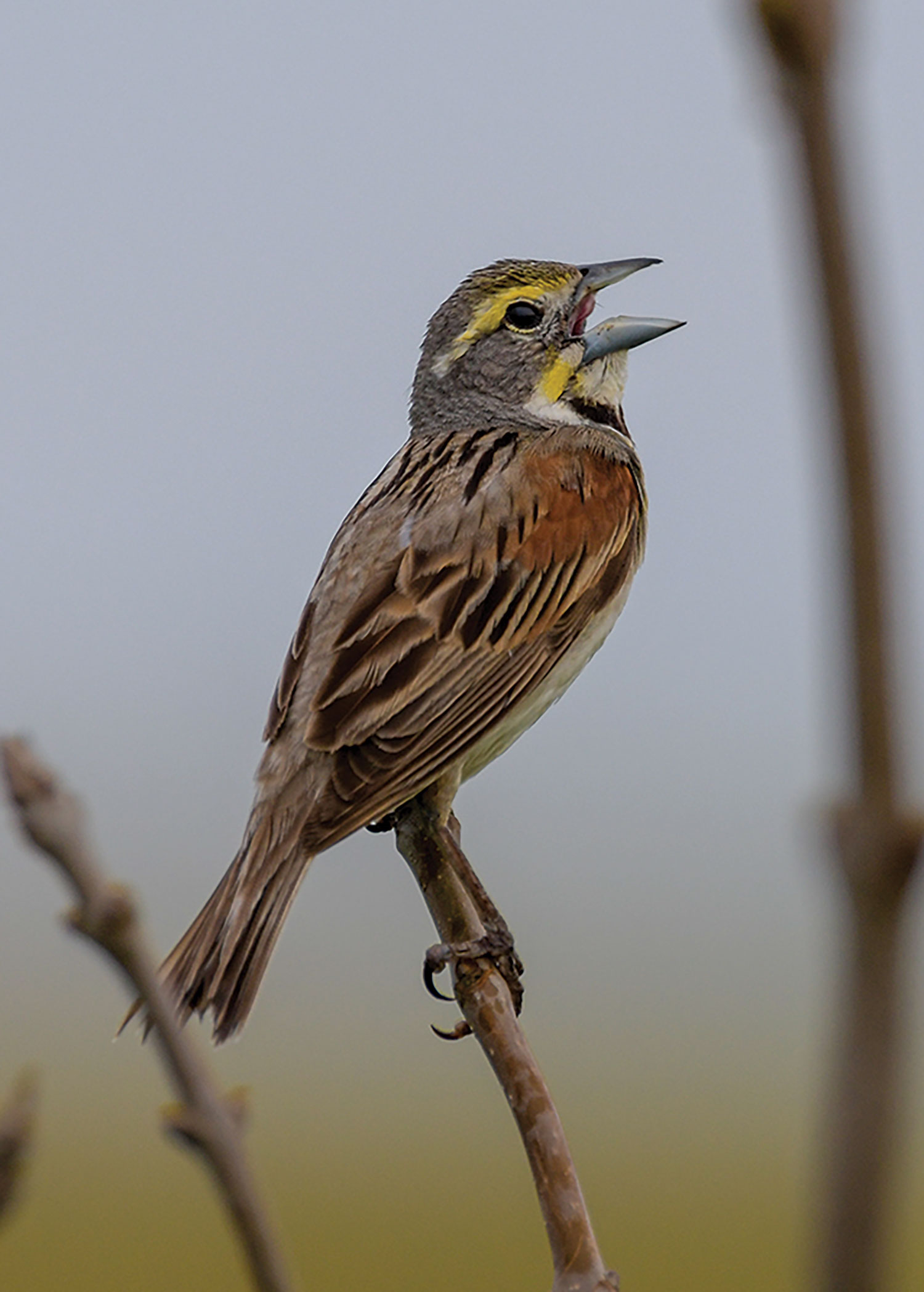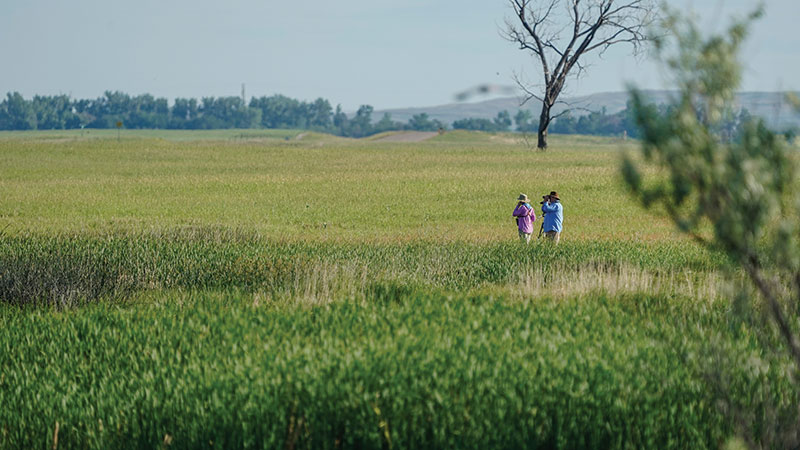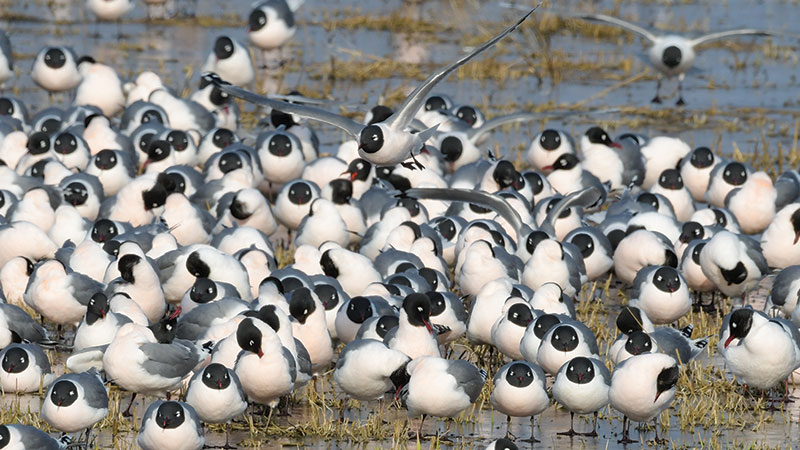Birding Beyond Your Back Yard
Ron Wilson

While the bulk of us wouldn’t know a Say’s phoebe from a dickcissel, the cool thing is we can venture outside with a little guidance and a touch of dumb luck and maybe see for ourselves.
Birding has long been an activity enjoyed by oodles of people in the United States and beyond, yet those in the know have seen a positive shift in participation in an activity that gets people outdoors.
“The last couple of years we’ve really seen an increase in the number of younger birders,” said Sandra Johnson, North Dakota Game and Fish Department conservation biologist. “A lot of that can be attributed to the pandemic when many of us were home wondering what to do. We’d go outside in our back yards and started noticing nature and birds more.”
Because of its prairie potholes and grasslands, North Dakota is a special place in the birding world, as the state attracts a large array of birds dependent on the habitat available for nesting and rearing young.
Even better, in the spring and summer months when these birds are here courting the opposite sex, they are at their showiest, touting their prime breeding plumage.
According to the checklist of North Dakota birds on the Department’s website (gf.nd.gov), it’s possible to see 376 species of birds in the state. Of these, 216 species nest or have nested in the state.
To get started birding, Johnson said you really don’t need much.
“A pair of binoculars would really help, as would a good bird book. But recently we’ve really seen an increase in the number of online resources, apps on your phone that can help you identify birds, find out places to go,” she said. “Social media has really taken off. There are some great social media sites on Facebook, Instagram, Twitter, and people are taking fantastic pictures of birds, which could help identify some of the birds you’re seeing.”

One of Johnson’s favorite apps is Merlin Bird ID that provides a guide to the different birds in your area, and a tool that allows the user to punch in how big the bird is and its color to help determine what you’re looking at through binoculars.
“There are also a couple cool features where you can take a photo of a bird or even use a sound recording and it will tell you what the bird is, which is really fun,” she said.
If people are interested in venturing outside their own back yards, which Johnson encourages, the public lands options to view birds in North Dakota is seemingly unmatched.
Lead Photo: DICKCISSEL – This sparrow-like bird is more closely related to cardinals and grosbeaks than other typical grassland birds such as the Western meadowlark. Dickcissels are nomadic and fluctuate in number. Some years you might not find one and other years, like 2023, their loud dickdick-see-see-see song is frequent in tall, thick grasslands and alfalfa fields.


